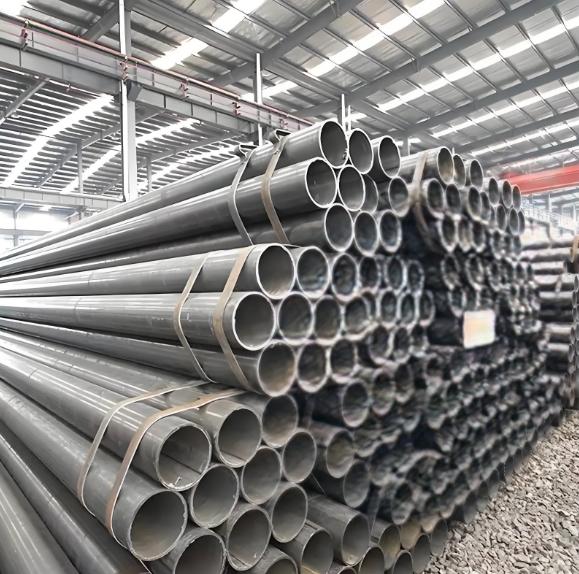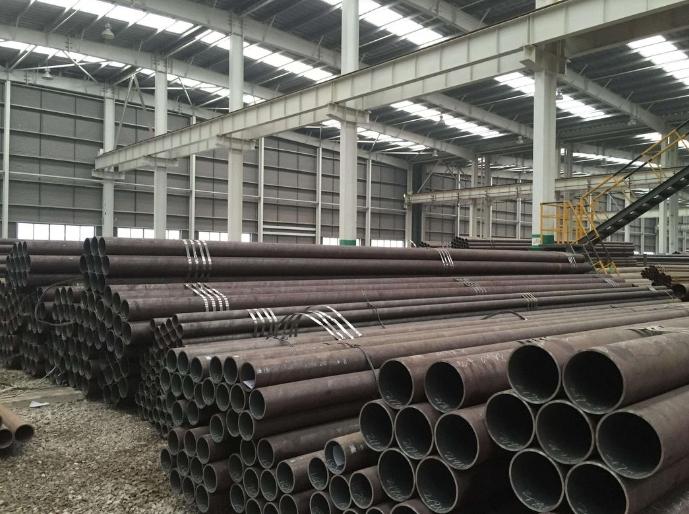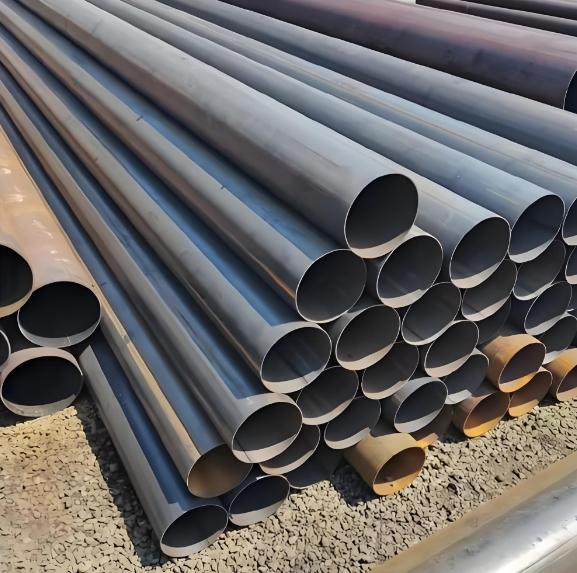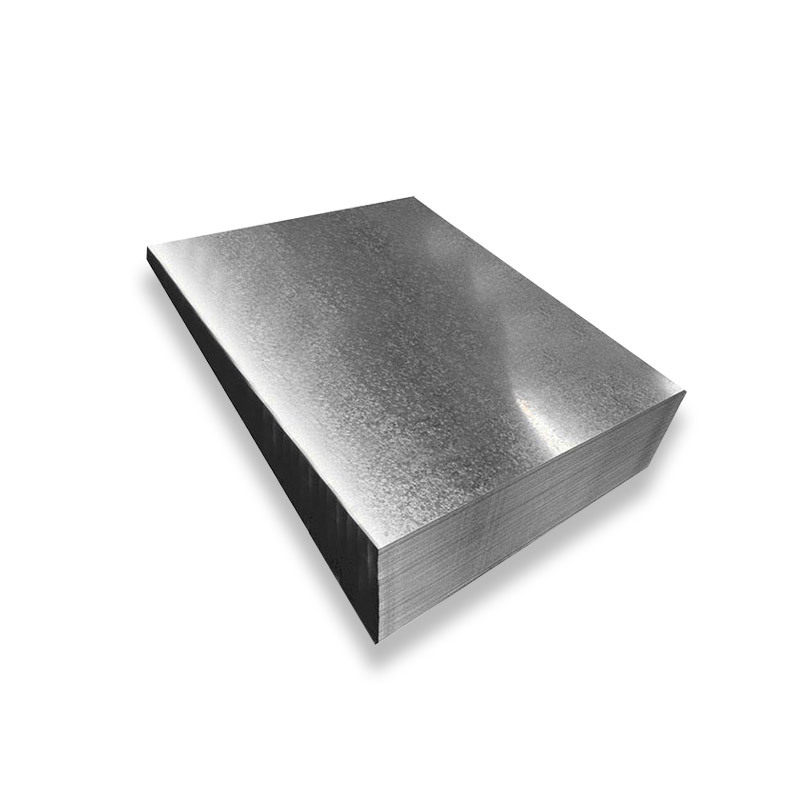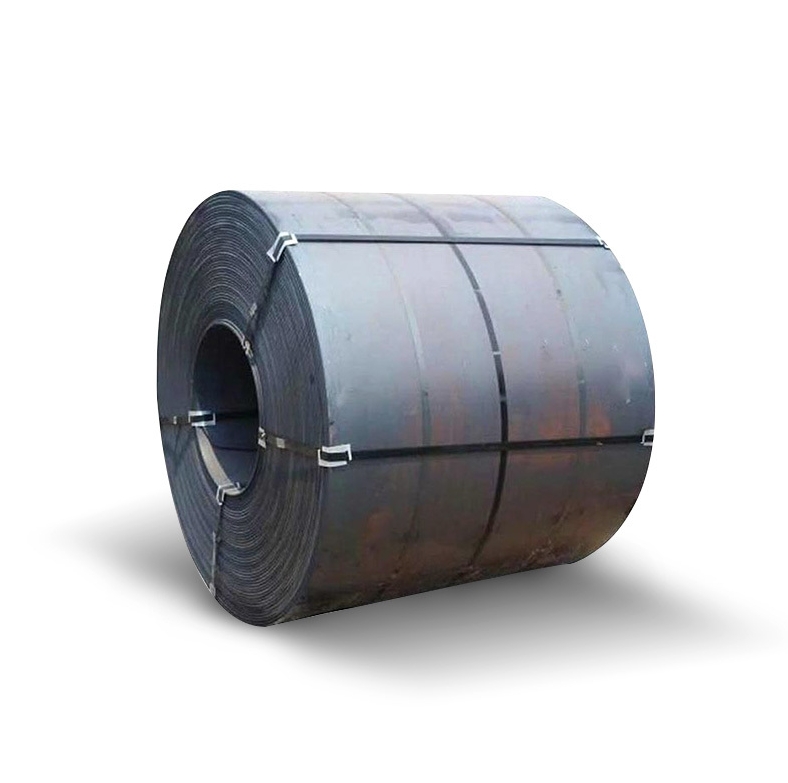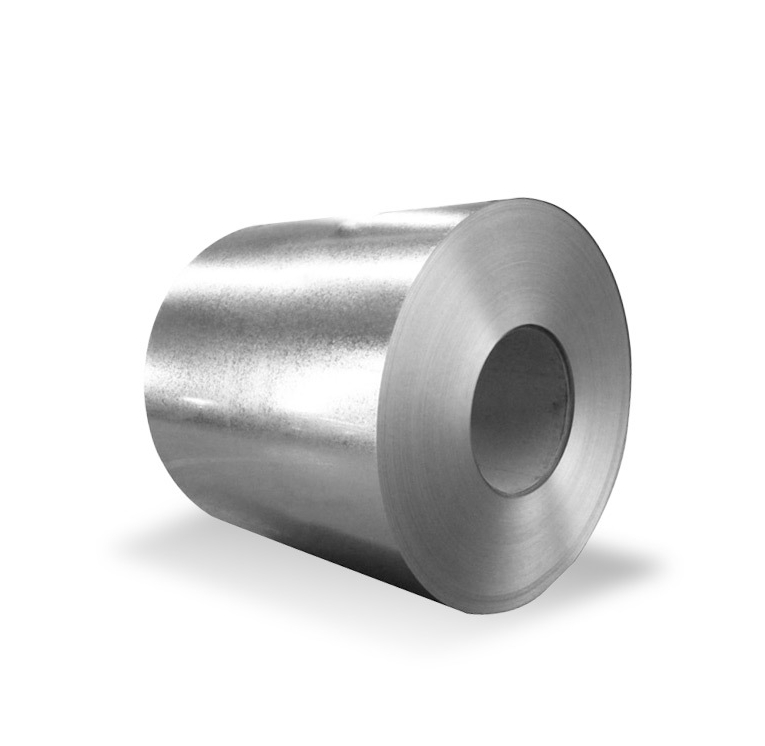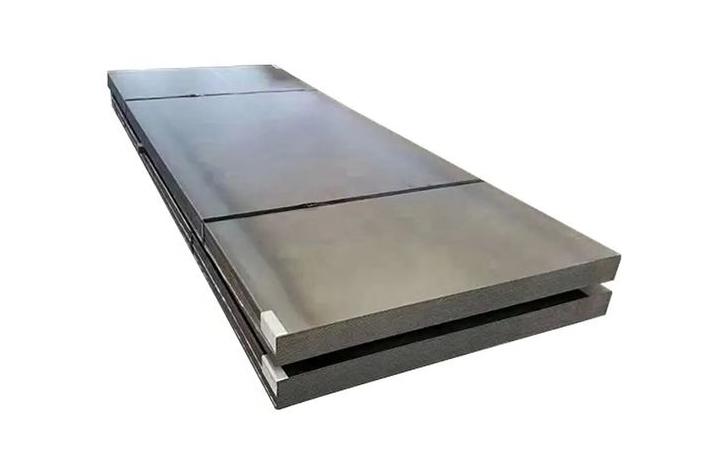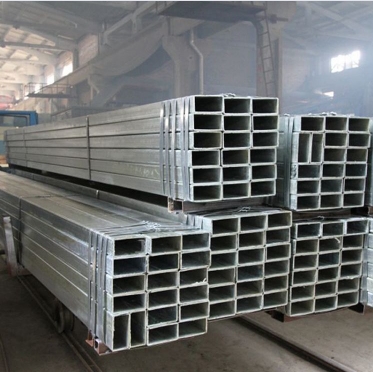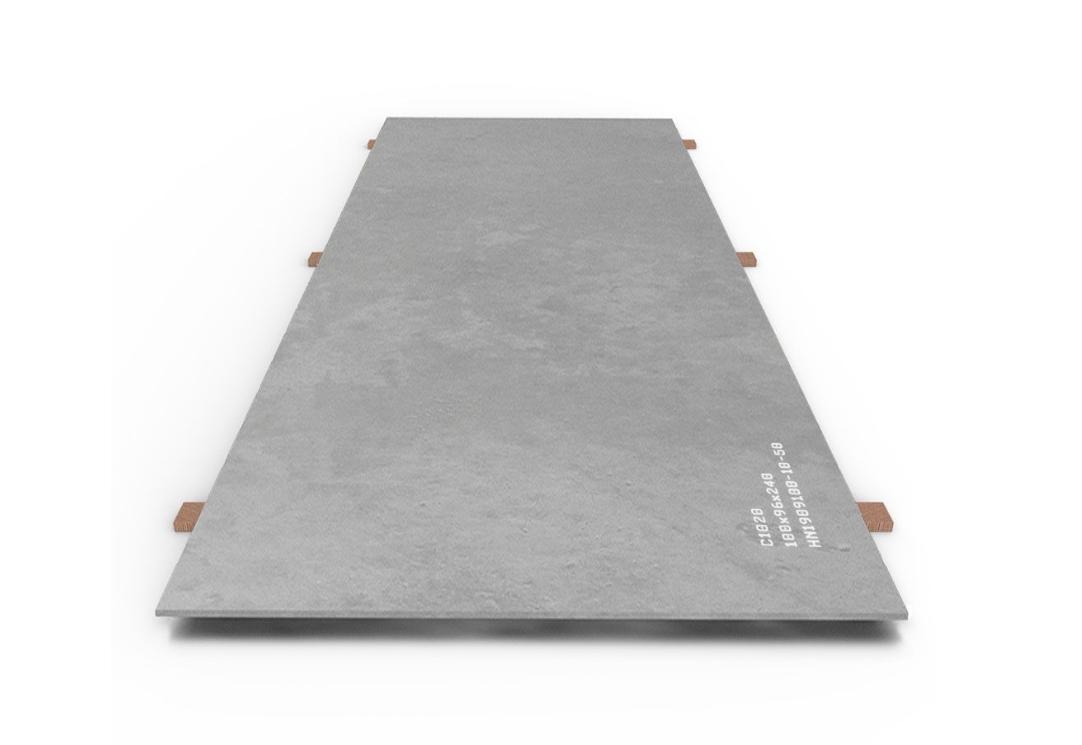Why Choose Carbon Steel Galvanized Pipes?
In industries where durability and corrosion resistance are paramount, carbon steel galvanized pipes are a popular choice. These pipes are used in a wide range of applications, from construction to plumbing, and are valued for their strength, longevity, and ability to withstand harsh conditions. If you are looking for a cost-effective and long-lasting solution for your projects, understanding carbon steel galvanized pipes is essential.
In this article, we will explore everything you need to know about carbon steel galvanized pipes, including their uses, benefits, and key factors to consider when selecting the right product for your needs.
What Are Carbon Steel Galvanized Pipes?
Carbon Steel Pipes and Galvanization Process
Carbon steel galvanized pipes are carbon steel pipes that have been coated with a layer of zinc through a process called galvanization. This coating provides a protective barrier that prevents rust and corrosion, extending the lifespan of the pipes.
Galvanization is typically done through hot-dip galvanizing, where the carbon steel pipe is submerged in molten zinc. This process creates a durable, corrosion-resistant layer that protects the pipe from water, chemicals, and other environmental elements.
Advantages of Carbon Steel Galvanized Pipes
1. Corrosion Resistance
One of the primary benefits of carbon steel galvanized pipes is their excellent corrosion resistance. The zinc coating acts as a sacrificial anode, which means that the zinc corrodes first, protecting the underlying steel from rust. This is especially important for pipes used in outdoor or underground applications, such as water supply lines or sewage systems.
2. Strength and Durability
Carbon steel is known for its strength, making galvanized pipes suitable for high-pressure applications. The zinc coating does not compromise the structural integrity of the steel, making galvanized pipes reliable and long-lasting.
3. Cost-Effective Solution
While galvanized pipes may have a higher upfront cost compared to regular carbon steel pipes, their extended lifespan and lower maintenance needs make them a cost-effective solution over time. The corrosion resistance helps reduce the need for frequent replacements or repairs.
Common Applications of Carbon Steel Galvanized Pipes
1. Plumbing Systems
In plumbing, carbon steel galvanized pipes are commonly used for water supply lines. The galvanized coating helps prevent corrosion, especially in areas with high moisture levels. These pipes are often used for outdoor plumbing or in areas exposed to harsh weather conditions.
2. Industrial Applications
Many industries use galvanized carbon steel pipes for transporting water, oil, and gas. The pipes’ resistance to corrosion makes them ideal for these high-demand applications, ensuring that the fluid or gas remains uncontaminated throughout the transportation process.
3. Construction
In construction, carbon steel galvanized pipes are used for scaffolding, handrails, and other structural components. Their corrosion resistance ensures that these parts remain strong and functional for a long time, even in outdoor or challenging environments.
Key Factors to Consider When Choosing Carbon Steel Galvanized Pipes
1. Pipe Thickness and Size
The thickness and size of the carbon steel galvanized pipe you choose will depend on the specific needs of your project. For example, schedule 40 galvanized pipes are commonly used for plumbing and construction, while thicker pipes (such as schedule 80) are used for high-pressure applications.
2. Quality of Galvanization
Not all carbon steel galvanized pipes are created equal. The quality of the galvanization process is crucial in determining how well the pipes will resist corrosion. Ensure that the pipes you choose meet industry standards and have a high-quality zinc coating.
3. Standards and Certifications
Ensure that the carbon steel galvanized pipes you are sourcing are compliant with relevant industry standards such as ASTM A53 or ISO 9001. Pipes with these certifications are more likely to perform well and meet safety requirements for specific applications.
Case Study: Selecting Carbon Steel Galvanized Pipes for an Industrial Project
The Challenge
A manufacturing company required a long-lasting solution for transporting water across their facility. They needed pipes that could handle the pressure of the water flow while being resistant to the harsh chemicals and conditions in the environment.
The Solution
After evaluating different options, the company selected carbon steel galvanized pipes because of their corrosion resistance, strength, and durability. They chose schedule 80 pipes for their strength and ability to handle high-pressure water systems. The pipes were also compliant with ASTM A53 standards, ensuring they met all safety requirements.
The result was a successful installation with minimal maintenance needed over the next decade, thanks to the durability and longevity of the galvanized pipes.
Common Mistakes to Avoid When Using Carbon Steel Galvanized Pipes
⚠️ Warning: Common Mistakes
-
Not Considering the Coating Thickness: Not all galvanized pipes are coated with the same thickness of zinc. A thinner coating may not provide the same level of protection and can lead to early corrosion. Always check the specifications for the galvanization thickness.
-
Improper Handling: Carbon steel galvanized pipes should be handled with care to prevent damage to the zinc coating. Scratches or abrasions can expose the steel to moisture and cause rusting.
-
Using for Incorrect Applications: Galvanized pipes are not suitable for all applications. For example, they should not be used in systems that carry flammable gases or chemicals unless specifically rated for that purpose.
Carbon Steel Galvanized Pipe vs. Regular Carbon Steel Pipe
To better understand why carbon steel galvanized pipes are often preferred over regular carbon steel pipes, let’s take a look at a side-by-side comparison:
| Property | Carbon Steel Galvanized Pipe | Regular Carbon Steel Pipe |
|---|---|---|
| Corrosion Resistance | Excellent (due to zinc coating) | Poor (prone to rust without coating) |
| Strength | High | High |
| Durability | Long-lasting, requires less maintenance | Shorter lifespan, needs frequent maintenance |
| Cost | Higher upfront cost | Lower upfront cost |
| Maintenance | Low maintenance | Higher maintenance requirements |
As shown in the table, carbon steel galvanized pipes provide superior corrosion resistance and durability compared to regular carbon steel pipes, making them the preferred choice for many industries.
Step-by-Step Guide to Installing Carbon Steel Galvanized Pipes
-
Preparation: Ensure the installation area is clean and free of debris.
-
Measure and Cut: Measure the required lengths of pipe and use appropriate tools to cut them.
-
Threading: If necessary, thread the ends of the pipes using a threading machine.
-
Assemble: Join the pipes using threaded fittings or flanges, ensuring a tight, leak-free seal.
-
Inspection: After installation, check for any leaks or damage. Conduct pressure testing to ensure the system is functioning correctly.
Conclusion: The Best Choice for Durability and Cost-Effectiveness
Carbon steel galvanized pipes offer a cost-effective solution for a wide range of applications, from plumbing to industrial systems. Their ability to resist corrosion, combined with their strength and durability, makes them a top choice for anyone looking to invest in long-lasting piping systems.
When choosing carbon steel galvanized pipes, be sure to consider factors like coating thickness, pipe size, and industry certifications. By selecting the right distributor and product, you can ensure that your project will be completed on time, within budget, and with minimal maintenance down the line.
Practical Checklist for Using Carbon Steel Galvanized Pipes
-
✅ Verify galvanization quality and zinc coating thickness.
-
✅ Choose the correct pipe size and schedule.
-
✅ Ensure pipes meet industry standards (e.g., ASTM A53).
-
✅ Handle pipes carefully to prevent damage to the zinc coating.
-
✅ Regularly inspect pipes for signs of damage or corrosion.
By following this checklist, you can ensure that your carbon steel galvanized pipes are installed correctly and perform optimally for years to come.


